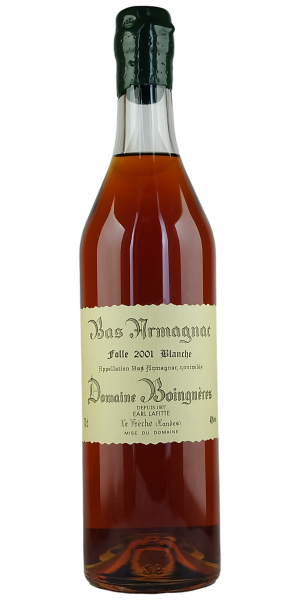The name of the wine may have changed, but Sandrone’s flagship Barolo is still, and will remain 100% Cannubi Boschis, the Barolo vineyard so synonymous with this grower. To be clear, Boschis is a particular terroir or vineyard area within the Cannubi hill. The Boschis subzone sits near the northern end of the hill and is located directly across from the Sandrone cellars. The cru (of which Sandrone farm 1.9 hectares of 37 year old vines), has a particularly good exposure to the south and southeast in a small amphitheatre or “conca” that helps hold warmth in the early morning.
Its soils are sea deposits of calcareous clay with some sand and therefore excellent drainage. Highlighting the uniqueness of the wines from this terroir compared to the rest of the Cannubi hill, Alessandro Masnaghetti’s L’Enciclopedia delle Grandi Vigne del Barolo writes, “The wines, in general, have good body, much elegance, and more polished tannins than other Cannubi wines.” The winemaking for Aleste is a facsimile of the wine above, includes wild yeast fermentation with 20-30% whole bunches, ageing in mostly used 500 litre French oak casks, and bottling without filtration after 24-26 months. Again, the notes below give you more than enough descriptors. This is more tightly wound than the le Vigne above but still offers layers of creamy, ripe plummy fruit, with hints of tobacco and Amaro and a punchy, sappy finish. Really refined, classy, delicious Barolo.









